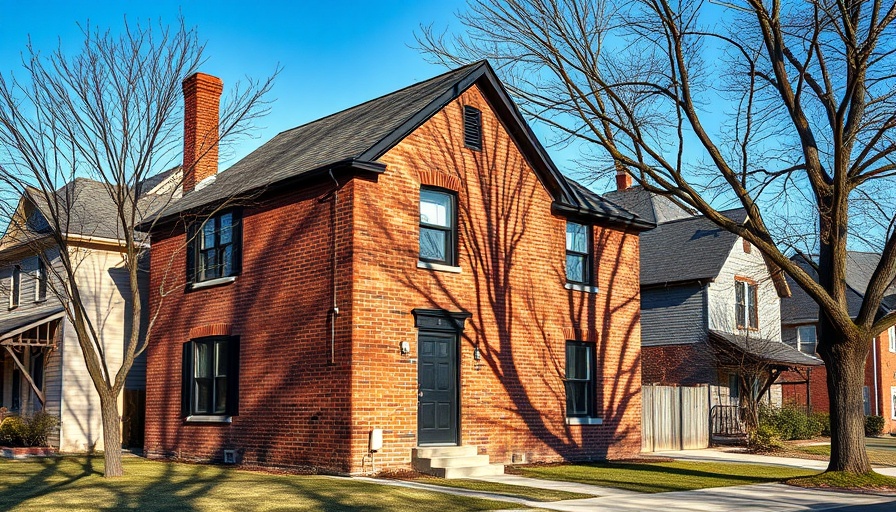
The Importance of Rainscreens in Modern Construction
Rainscreens are an essential element in contemporary building design. They provide a gap between the exterior walls of a structure and the weather-resistive barrier, allowing any moisture that penetrates the outer layer to drain away safely. This crucial component not only enhances the durability of buildings but also protects against the potential damage caused by trapped water. A well-designed rainscreen system can significantly improve the longevity and performance of a structure.
Understanding Water Drainage with Horizontal Furring
When integrating horizontal furring into a rainscreen system, particularly when situated above or below innie windows, proper water drainage becomes a critical concern. Horizontal furring helps in maintaining a continuous rainwater drainage plane. The framing elements allow water that seeps through the cladding to flow down and exit through drainage openings, effectively preventing water accumulation and the associated risks of mold and structural integrity loss.
What are Innie Windows and Their Role in Drainage?
Innie windows—or windows that are set back into the wall instead of protruding outward—contribute positively to a building’s aesthetics and functionality. Their design, however, necessitates careful consideration concerning moisture control. Since water can accumulate around windows, a comprehensive drainage strategy, including a rainscreen with appropriate horizontal furring, is vital. These design features must work in tandem to ensure that any water that infiltrates the façade is redirected away from window frames and into the drainage plane.
The Mechanics of Moisture Management in Rainscreen Systems
When rain hits the building façade, the first line of action involves the water hitting the outer layer of the rainscreen. Here, gravity plays a crucial role; water will naturally adhere to the surface of the siding, and with the help of furring strips, it will travel downwards, away from the building structure. Proper design ensures that drainage planes are not obstructed and that vents are present to allow trapped moisture to escape. The inclusion of weep holes at the base of the rainscreen can further facilitate the efficient expulsion of water, enhancing the overall moisture management.
Future Trends in Rainscreen Technology
As technology continues to evolve, the future of rainscreen design could include innovations that enhance moisture management further. For instance, smart materials that change based on humidity levels or advanced coatings that repel water can create even more resilient building envelopes. Additionally, with the rise in sustainability concerns, the adoption of non-toxic materials in rainscreen construction will likely become a standard, prioritizing both environmental health and building longevity.
The Bottom Line: Enhanced Building Performance
Understanding the intricacies of water drainage in rainscreen systems that incorporate horizontal furring and innie windows is vital for architects, builders, and homeowners alike. This knowledge not only ensures the performance and durability of the building but also protects the health and well-being of its occupants. A robust rainscreen system can significantly mitigate common issues associated with moisture penetration, making investments in proper design and materials essential. By prioritizing effective water management strategies, the construction industry can build structures that withstand the test of time and environmental challenges.
 Add Row
Add Row  Add
Add 






Write A Comment